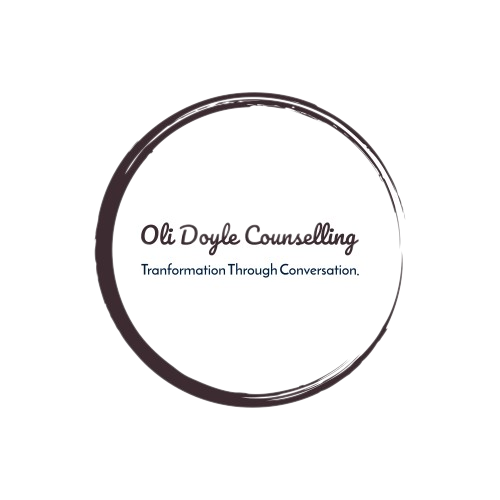Can you hear the wind? It whistles and rips, invisible waves of energy moving the objects of the physical world however it likes. Who will dare to stand in its way?
A storm is blowing through from the west, dark clouds and rumbling thunder, gusts of invisible breath and a feeling of wild uncontrollable chaos.
In the middle we stand among the trees and buildings and grasses, watching to see what bends, what breaks, what disappears forever.
What will survive?
Can you see the storm moving the trees? They sway and bend as much as they can, but some will break, they can’t hold together in this.
The houses? Forget it. They are too rigid but not strong enough. They are not trees, nor are they boulders. They will be shredded in a storm like this.
But lay down a moment and look at the grasses. Do you see them sway and move with the gale? Unless the earth they are rooted in comes up from the ground they will simply flatten out, ready to rise again when conditions allow.
They don’t stand tall and strong, they yield, and so no storm can break them.
Our emotional life is stormy like this sometimes, with the world’s challenges clattering into the remembered past to trigger inner storms that can test us all.
How have you been taught to handle them?
Many of us were taught that being strong meant standing rigid and tall during these storms, or that we should just push the weather down deep and put on a happy face.
We end up like the people in the houses, pretending there is no storm until the roof is ripped off and we find ourselves staring straight into the raging sky, or we stand strong like a tree, unaffected, rigid.
But even the trees bend and flex with conditions, though they have a breaking point, whereas we are taught to stiffen like old stumps, not yielding to the storm.
These two strategies – avoid and grin and bear it – are classics of our culture, and they lead to the vast array of emotional problems we see in our culture today, but what about the grasses? What are they doing?
They hold tight from their base, but up top they are fluid and flexible, letting the wind do its things, knowing it will pass.
We can be like this too.
In the midst of an emotional storm, take a breath, long and slow (do it now even if you feel ‘fine’).
Breathing long and slow connects us to our core, to the inner stability that is our sense of self beyond the momentary movements of mind and emotion. These are our roots.
As you breathe, see if you can be a space for everything that arises within, if you can allow all that is present (the storm) to be present, to move, to flow.
Listen to the wind, it has something to tell you. Hear the thunder and consider what life changes, what changes it calls for, what pain it asks you to acknowledge, what hurts need nurturing.
Ground yourself, notice what’s hear, make space for it and listen with compassion, then take the lessons you learn into your life going forward.
This is how we ride the storm.
This is emotional flexibility.
“The same wind that uproots trees
makes the grass shine.The lordly wind loves the weakness
and the lowness of grasses.
Never brag of being strong.The axe doesn’t worry how thick the branches are.
It cuts them to pieces. But not the leaves.
It leaves the leaves alone.”Rumi

Thank you Oli for your words, really appreciated at this turbulent time.
You’re welcome Nadia…always calm waters down deep, but they’re hard to find sometimes!
Oli
Always simplistic in its very essence. Excellent.(MAKES ME THINK!)
(was ‘hear.’.a play on words or typographical..haha!)
Hi Andy…definitely a typo…but I’ll leave it in now…glad you enjoyed it,
Oli
Eckhart says we’re ever you are be there totally storm or no storm. I still reading your book at bedtime thanks
Thanks Terry! Yes…be totally here for whatever shows up…as much as you can. Glad you’re enjoying the book still,
Oli